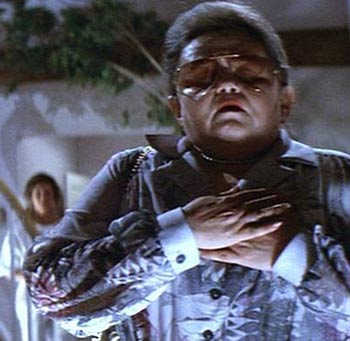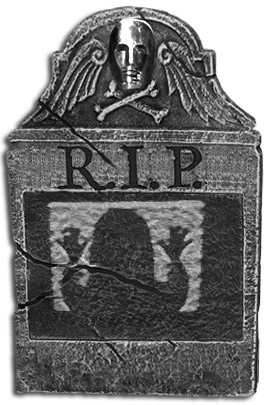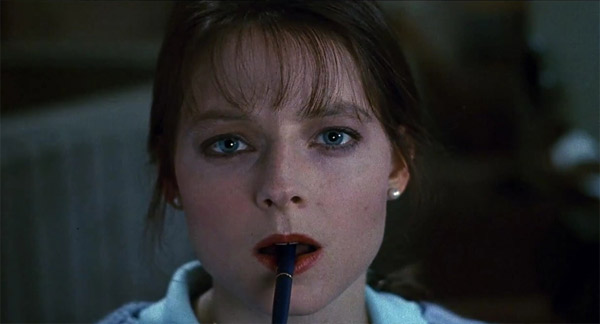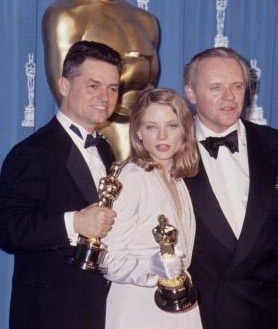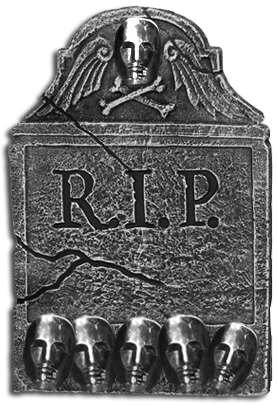Oscar Horrors: Poltergeist's Polter-ghastliness
 Friday, October 21, 2011 at 7:31PM
Friday, October 21, 2011 at 7:31PM HERE LIES... Poltergeist's ghosts and ghouls. The Oscar loss for Cuesta Verde’s original residents of evil still haunts me to this day. Spielberg’s other 1982 production featuring otherworldly visitation beat Carol-Anne and Company to the FX gold. The restless undead may have lost out on hauling an Oscar back to the Beyond that day, but you never know if they might sooner or later... maybe... come back...
“Poltergeist,” stresses the creepy voiceover that ends the trailer, “It knows what scares you.” Thus so, too, do Richard Edlund, Michael Wood and Bruce Nicholson, the scare-mongering trio responsible for its Oscar nominated (and Bafta winning) visual effects. These were the guys (along with 106 other crew members) who threw JoBeth Williams around her bedroom before dropping her into a cadaver-filled watery grave. They scared seven shades of senselessness out of all of us by making us think every clown doll we saw thereafter might very well drag us under our beds.
They made us believe that our televisions might be conduits for the ‘TV people’ to enter our plane of earthly existence to cause all manner of paranormal activity. Whatever you do, guys, don’t tell us thattelevision is evil!
And that’s in between merely making doors slam shut of their own accord, building near-impossible furniture displays out of possessed kitchen chairs and making unearthly light gush forth from some otherworldly portal-slash-closetspace. In short, and to paraphrase Poltergeist’s most famous line: these guys brought ‘“them” here’. I mean, who didn’t think that evil entities were hiding within the unsettling fuzz of the TV static after seeing Tobe Hooper’s family get repeatedly spooked out?
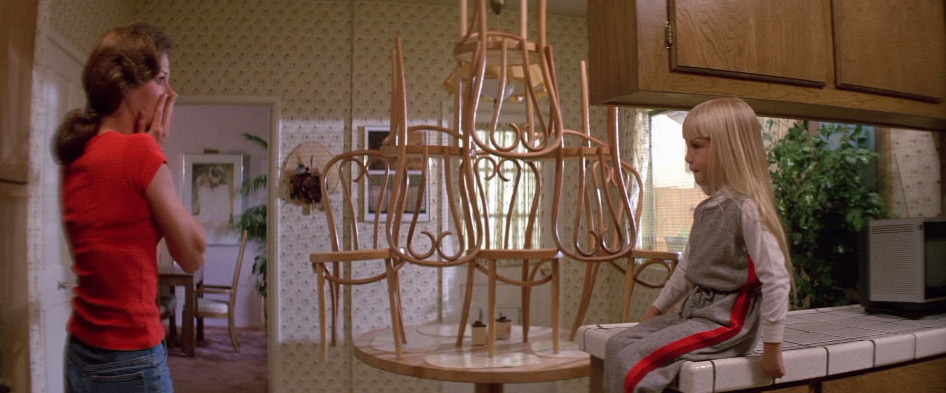 everyday objects suddenly possessed
everyday objects suddenly possessed
This is why Poltergeist’s scare tactics work their spell so well. The visual effects team, transposing the imagination of Spielberg and director Tobe Hooper, took commonplace objects and familiar environments and made them feel odd and uncanny, possessed with unwanted life where none is meant to be. The most effective scares were conjured via the careful, sly and playful subversion of the things we know to be safe and free of fear. That’s the inspired labour of Edlund, Wood and Nicholson’s work - the fruits came via the spectacular spectral show.
However justly celebrated E.T. was, Poltergeist’s ghouls were a marvel of weird and wonderful technical wizardry. They should be remembered for the impact they had on the early 1980s horror map, Oscar win or no. But maybe Poltergeist’s very best visual effect was a living, breathing flesh and blood embodiment of special extrasensory perception? The vocal and attitudinal magic weaved by Zelda Rubinstein as Tangina Barrons was key to all the polter-joy and ghastly-geist. I don’t believe there’s an existing Oscar category for Inherent Spectral Awesomeness. If there were, Tangina would banish all competition to the televisual beyond with one wave of her hand.
